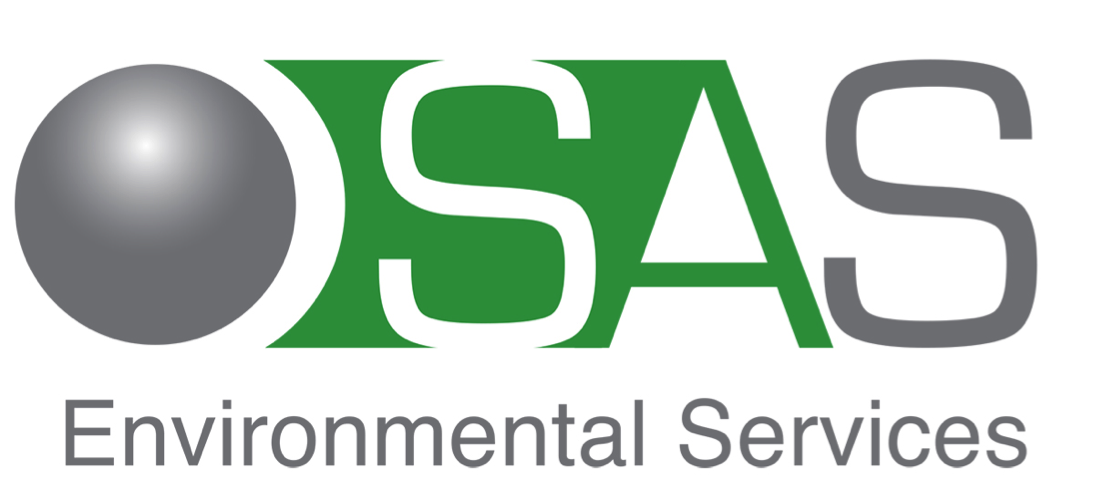Oil Waste Solutions - Achieving Net Zero Goals
/Up to a year ago the carbon footprint of oil waste treatment was not a topic that had come up very often. At SAS we know this issue is going to become increasingly prominent.
What is the carbon footprint of oil waste treatment and transport? Within the space of perhaps a year this changed from a minor question to an central issue that requires to be addressed consistently in many of the projects we are engaged in.
Over the past few months, the team here at SAS, have tried to shine some light on this topic and provide some tools you can use yourself. Tools that give you the opportunity to assess what the impact of net zero requirements will be on your business.
There will be no hiding from the realities of the drive to net zero for our economy. This issue will not go away and the demands on the industry will only grow to show leadership and commitment. Governments will increasingly push for evidence of positive measures and evidenced positive impact.
Your customers will increasingly make the carbon cost part of the assessment criteria in contract tenders. You need to know where your process, your business stands within this framework. You need to understand how you can positively contribute and how you and your business can thrive and lead in this changing landscape.
Not many of us ever gave thought to scope 3 greenhouse gas emissions. Yet here we are. It’s time to start caring. We can help of course, here at SAS. Reach out to use if you want to get our thoughts on where you can move your business and your carbon impact.
Need help assessing your business and its progress towards Net Zero goals? Download our Business Net Zero Action Plan.




